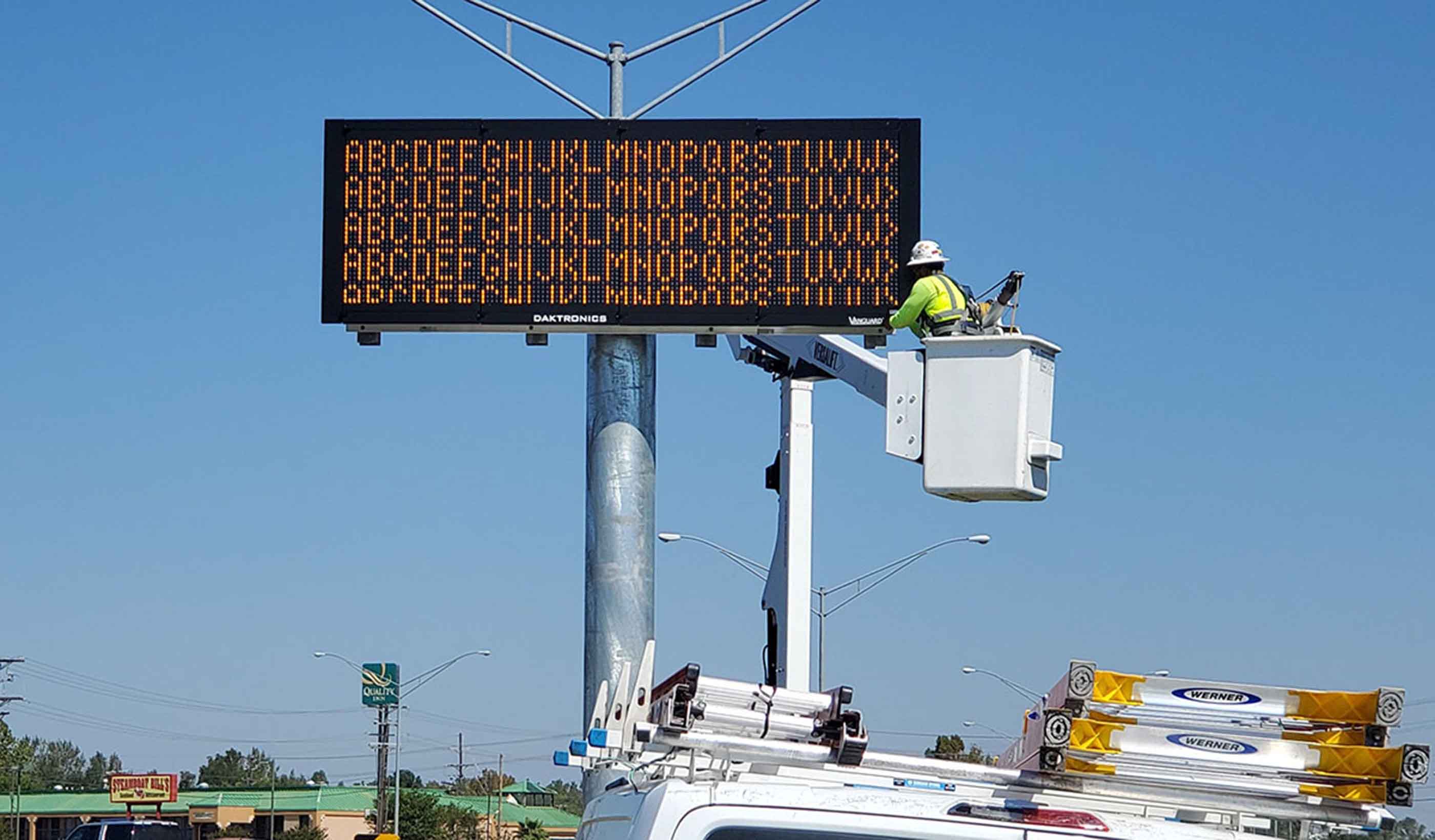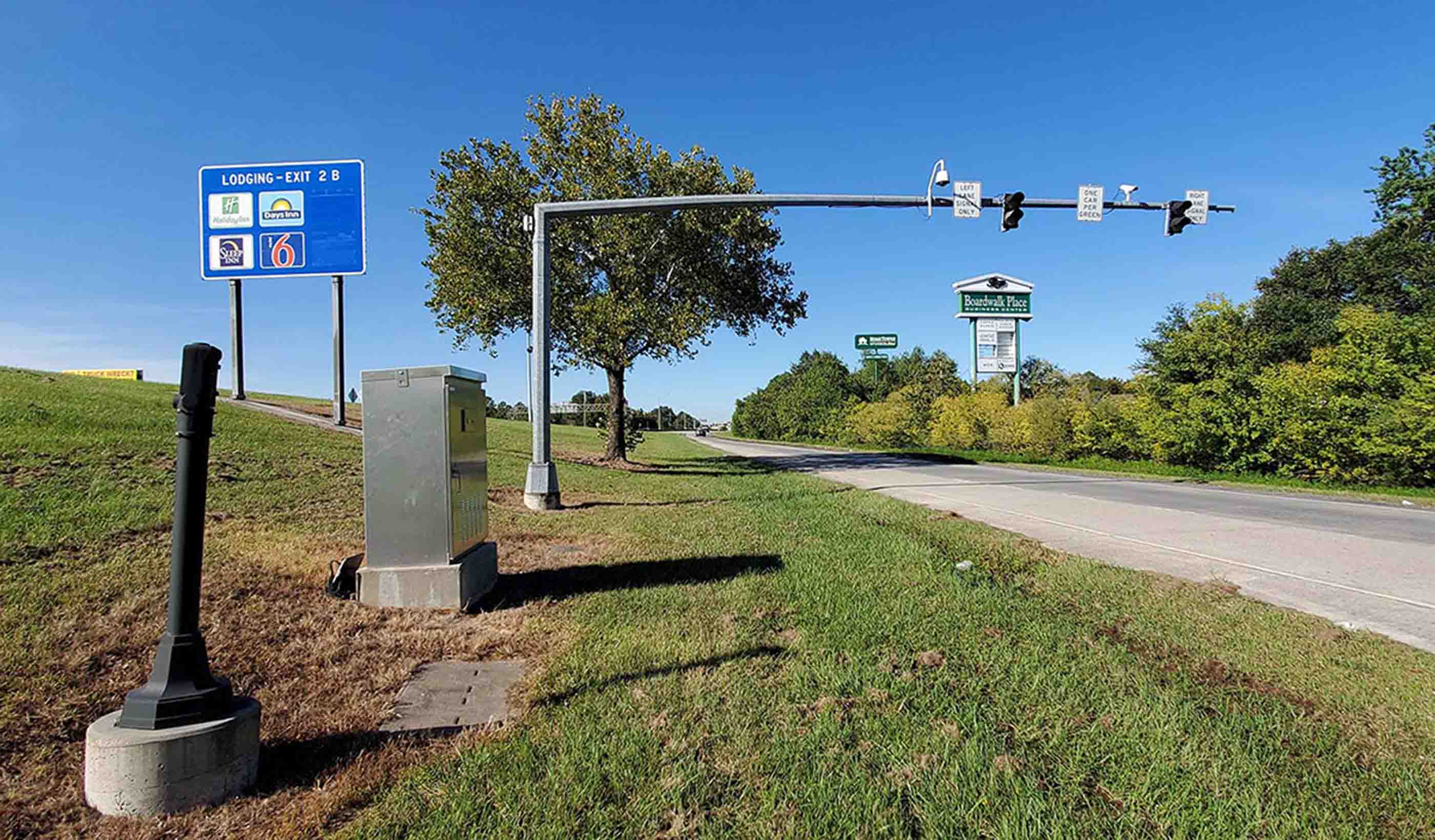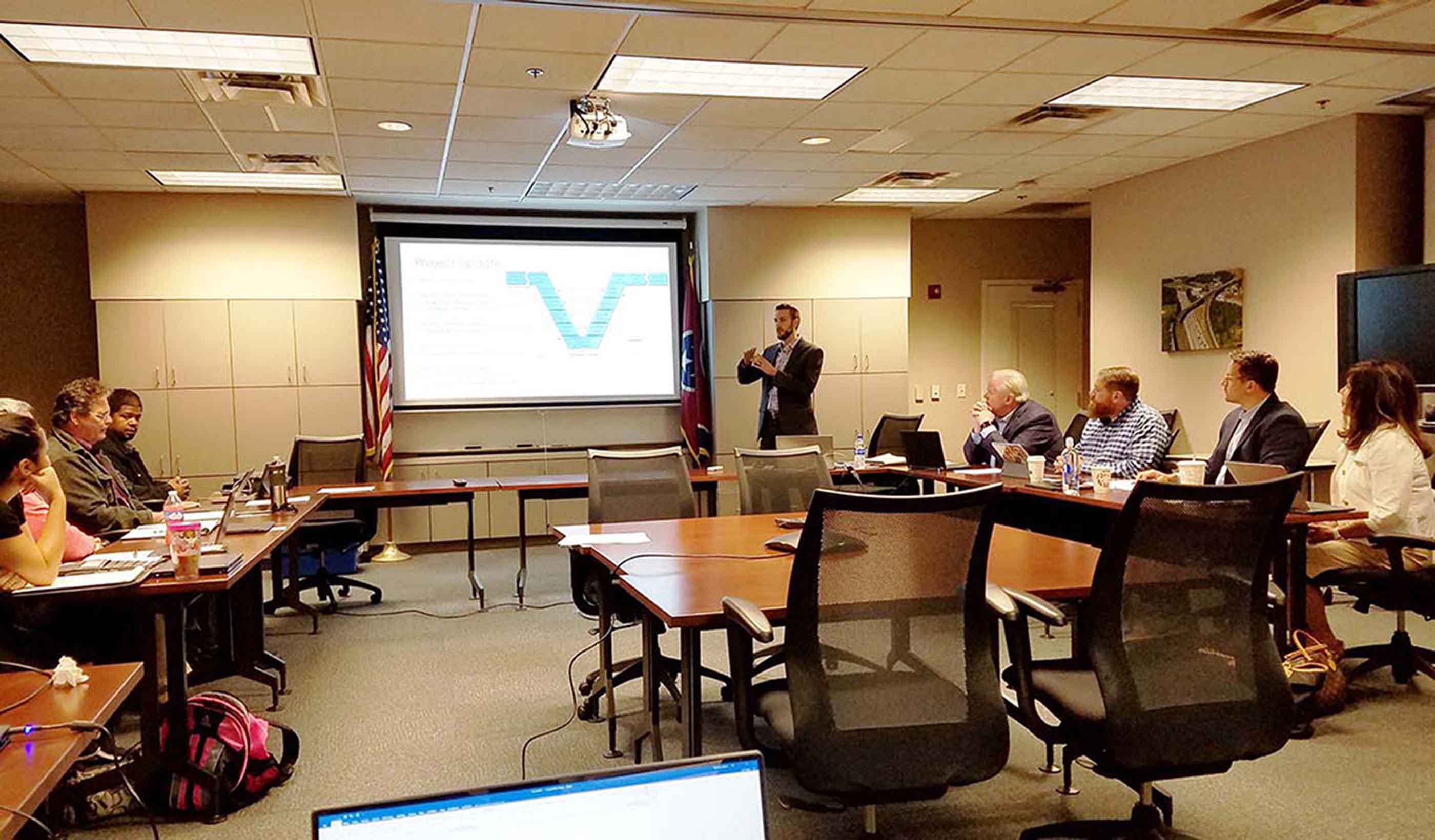5 things to know before starting an ITS deployment
September 14, 2021
September 14, 2021
ITS systems installation requires certain steps to ensure proper usage in your community. There’s no one-size-fits-all solution.
Various intelligent transportation systems (ITS) strategies can be used to keep the traveling public moving safely and efficiently. Whether it’s the installation of ramp metering, variable speed limits, or even dynamic message signs, ITS ensures that roadways are being properly used. ITS projects differ in installation processes and techniques for usage, but results show that roadways become safer from this equipment.
When starting a new project, it’s important that ITS designers have a solid understanding of a few key points. These include their end customer, who is going to operate the ITS equipment, and who is going to maintain the ITS equipment. The Federal Highway Administration (FHWA) has developed guidelines to aid the development of ITS projects by using the system engineering process. With new technology comes new advancements in both the functionality and performance of the systems. Thus, it is important to use FHWA’s guidelines to ensure compatibility, maintainability, and cost-effectiveness of new deployments.
With that said, each agency may have its own guidelines and requirements related to ITS analysis and deployment. There are five questions we need to answer before starting any ITS project to help deliver the best solution.

Robust analysis and planning on the front end helps lead to a successful ITS deployment. Results begin to be seen during the commission testing phase, such as for this arterial pedestal-mounted dynamic message sign in Alexandria, Louisiana.
Stakeholders have an interest in the identified project, whether that be from an owning, maintaining, interacting, or operating perspective. Understanding who they are and identifying what they are looking for is the foundation of a project. Typically, the stakeholder list is developed in conjunction with the owning agency. This is something that can be adjusted as the project progresses and more information is obtained through the analysis and design processes.
A good starting point is to use the existing statewide or regional ITS architecture. This should have many existing stakeholders identified with their roles and responsibilities listed. Every planning organization must have one of these documents in place to receive federal funding for their ITS projects. This document should be updated every five to 10 years. Over the years, we have developed and updated ITS architectures for clients across the country including South Carolina, Tennessee, and others.
The stakeholders play a key role in guiding the project through to deployment. This ensures that the product is functional, operable, and maintainable.
By starting ITS projects with a strong foundation, we will reach higher levels of safety and efficiency as we continue to improve traffic operations.
Understanding the existing conditions is crucial when starting an ITS project. What systems are you currently using? Is grid power available? Who are the utility providers? Are there existing communications nearby? Is there already a maintenance program in place? Is this project identified in the regional or statewide ITS architecture? Are there other projects ongoing or planned in the area? Starting with these questions helps us to understand the goals and expectations for the project and the project’s constraints.
Answering these questions will also help identify additional stakeholders. This could include utilities, the Federal Aviation Administration (FAA), or railroads, for example. The answers can also start laying the groundwork for determining what alternatives may or may not be feasible. These questions allowed us to identify opportunities to use alternative communication options with leased and permitted fiber-optic cables on projects in Louisiana. We’ve also worked with nearby projects to reduce construction costs and streamline project deployments.

ITS technologies include electronic-toll collections, ramp meters, red-light cameras, traffic-signal coordination, transit-signal priority, and traveler-information systems.
After acknowledging existing conditions, it’s important to dive deeper into the project to identify gaps by understanding the ultimate needs. Knowing the needs of all stakeholders may seem challenging, particularly when there is a broad group. However, it’s a key part of the ITS project process to reach the end goal.
In a recent project, the group operating the system wanted a camera mounted 100 feet aboveground. However, the maintenance team did not have a way to access a camera at that height. We found solutions that provided the desired functionality while ensuring the device is maintainable. Options included using a camera-lowering device or flying a drone to determine if a shorter camera position would work just as well. While this is a simple problem, it is one that needs to be identified and carried through to design.
We also need to understand whether the project’s needs and constraints call for a minor upgrade or a major expansion of the system. For instance, if the agency currently only operates freeway ITS, they may want to expand into arterial corridor systems. During a major expansion like this, we may need to address things like railroad crossings or drawbridges. It will also include new device integration such as traffic signal controllers and different vehicle detection device types. Alternatively, the project may involve adding a few more devices to an operating system. The first example would be a major expansion while the latter would just be a minor upgrade.
Multiple solutions should be explored to meet user needs. We need to avoid picking a solution and trying to make it work when approaching an ITS deployment. This could prevent a cost-effective approach, or worse, avoid meeting the users’ needs altogether. For example, if an agency wants to monitor travel times between two locations, there are several ways to do this. However, certain technologies may provide too much or too little information depending on what is desired.
Bluetooth and Wi-Fi detection can provide travel times along with origin and destination information but for a small sample size. Radar detection can provide a near 100% sample rate but can’t provide the same origin and destination information. Another agency may want video-detection cameras that it can use to enhance its traffic-monitoring capabilities. This is a small example of the importance of understanding the needs, available options, and which technology provides the best solution or can meet more than one stakeholder need.

Stakeholder engagement is key in identifying project needs and constraints.
Part of this process should include a high-level budget estimate. This helps to value engineer the ideal system deployment that meets stakeholder needs while balancing available funds for the project. This should also look at the full deployment life cycle. For example, when exploring communications options, you can potentially save time and money on the front end by using cellular. However, the bandwidth is limited and will incur monthly usage fees that adds up over time.
This may not be an issue for devices such as traffic-signal controllers along an arterial route. Alternatively, fiber-optics could be used at a much greater up-front cost. Fiber optics could offer lower maintenance costs while also providing a more secure network compared with cellular. This may be more important along a corridor with CCTV cameras and in planning for connected-vehicle applications. By gathering all options, we can ensure that the built system is reliable, maintainable, and meets the operational needs.
Once we have developed solutions that address the needs within a set budget, we can present this to the stakeholders. At this point, the goal is to determine a preferred solution that best strikes the balance between meeting the priority needs while remaining within budget. It’s possible the preferred solution contains a blend of a few of the presented solutions. For example, the dynamic message signs may be shoulder-mounted instead of overhead truss-mounted to save some construction costs. This could involve blending several different alternatives to arrive at this preferred solution.
ITS technologies can positively impact roadways of all types. Technologies like electronic-toll collections, ramp meters, traffic-signal coordination, transit-signal priority, and traveler-information systems are becoming more common on our roads. By starting ITS projects with a strong foundation, we will reach higher levels of safety and efficiency as we continue to improve traffic operations.